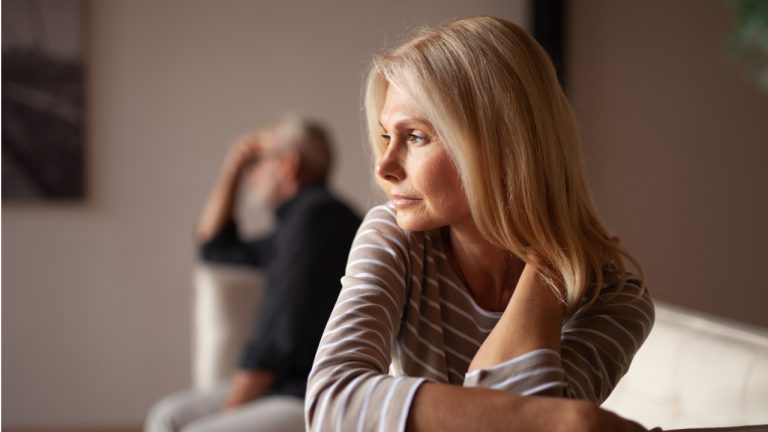Women have enough on their plates without adding depression to the mix. However, they’re twice as likely as men to experience depression, and for women who do, this condition can affect them much differently than men. Depression in women can begin at points of major life transition such as starting a family or nearing menopause, and it can often occur after being diagnosed with a serious disease, such as cancer, or chronic condition like obesity. Recognizing the symptoms of depression is key so you can get help quickly — and start feeling like you again.
Depression in Women: A Disproportionate Effect
Depression is more likely to affect women, but how common is it? It’s difficult to know what percentage of women worldwide are living with depression, but in the U.S., it affects around 10% of women, according to the Centers for Disease Control and Prevention.
The reasons that depression develops are as varied as women’s experiences with it. Scientists continue to learn how changes in the brain may lead to depression. However, it may occur, in part, due to a breakdown in connections and communication between nerve cells in the brain.
Changes in the brain are just one factor that can contribute to depression in women. Others include family history, prolonged stress, chronic pain and major medical issues, such as cancer or a heart attack. Rising and falling levels of the hormones estrogen and progesterone at different times of life may also play a role in the various forms of depression that women can experience.
The Many Faces of Depression in Women
At its most basic, depression is when you frequently feel sad, hopeless or disinterested in favorite activities for at least two weeks. Beyond that definition, depression can take many forms. It can be seasonal or severe, as with major depressive disorder. Depression can also be connected to another condition, such as bipolar illness or psychosis.
Still other types of depression are linked to women’s unique biological transitions and may occur at certain times of life, including:
- Before a menstrual cycle. Depression is a symptom of premenstrual dysphoric disorder (PMDD), a serious form of premenstrual syndrome, or PMS. PMDD can occur during the menstrual cycle in the weeks leading up to your period. This condition can cause anxiety, tiredness, mood swings and difficulty focusing, among other symptoms.
- During or after pregnancy. Depression may occur during pregnancy (known as prenatal depression) or after giving birth (postpartum depression). Regardless of timing, depression around pregnancy can cause intense sadness and fatigue. Symptoms can make it difficult to adjust to life as a new mother.
- Leading up to menopause. Perimenopausal depression can occur in the years approaching menopause, although it’s rare compared with hot flashes and other common perimenopause symptoms.
Symptoms You Should Know
If you notice symptoms of depression lasting at least two weeks, don’t stay silent. Your primary care provider can create a personalized treatment plan or connect you with a behavioral health specialist. Symptoms to look for include:
- Difficulty sleeping or sleeping too much
- Feeling sad or hopeless
- Frequent crying
- Headaches
- Lack of energy
- Loss of appetite
- Rapid weight loss or gain
- Struggling to concentrate on tasks or recall information
- Thoughts of self-harm
- Upset stomach
Talk with a Professional
Learn more about depression and how behavioral health services at St. Elizabeth can help.

